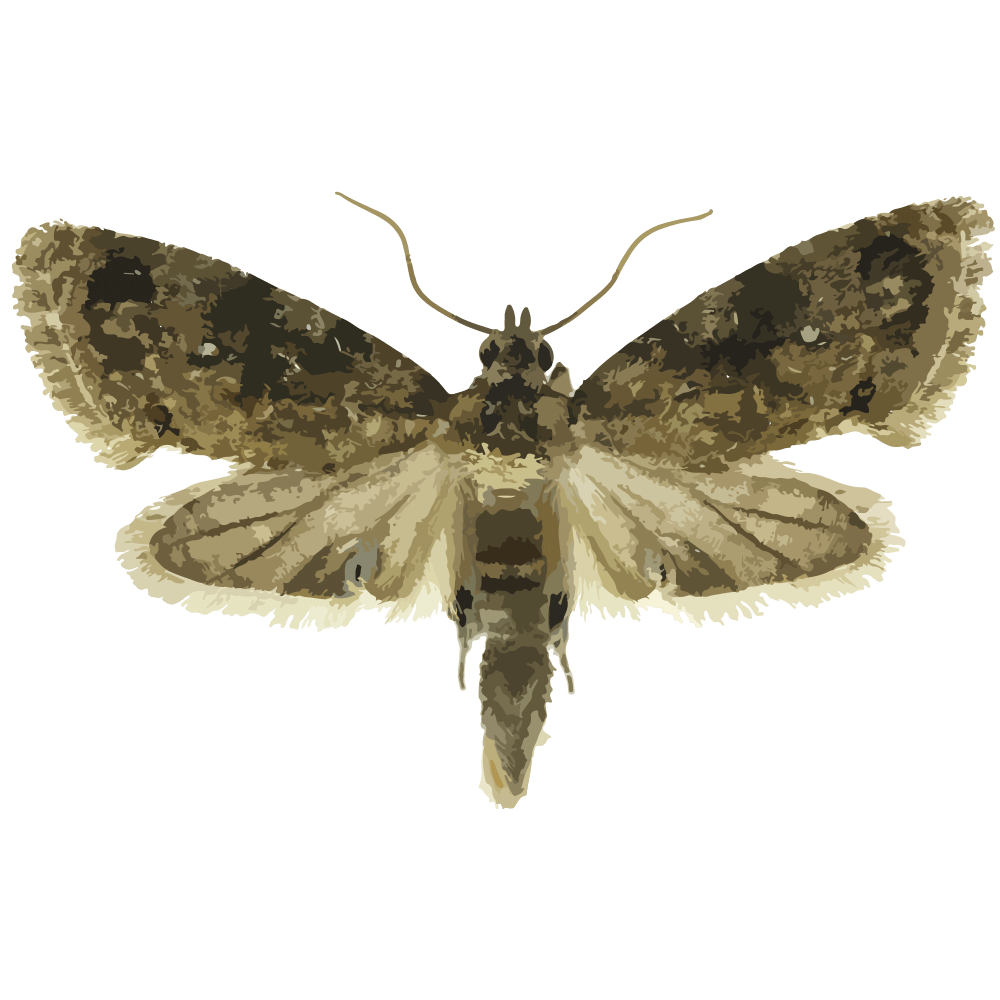


| Latin Name | Spodoptera litura |
| Common Name | Tobacco cutworm |
| Biology | Adult insects are nocturnal, exhibiting strong positive phototaxis toward blacklight traps and chemotaxis toward sugar-vinegar solutions. The polyphagous larvae develop through six instars, with early-instar stages feeding gregariously on the undersides of leaves, creating translucent patches, while late-instar larvae disperse and inflict damage by skeletonizing leaves into holes or notches, and even gnawing on tender stems, flowers, and fruits. This pest demonstrates high temperature tolerance, causing severe infestations particularly in the Yangtze River Basin and southern regions, where explosive outbreaks frequently occur. |
| Damage | This pest inflicts damage on an extensive range of plants, encompassing Brassicaceae vegetables (e.g., Chinese cabbage, cabbage), Solanaceae crops (tomato, pepper), Fabaceae species, Cucurbitaceae varieties, among others. |
| Distribution Regions | Tropical Asia |
| Monitoring | Pheromone lures mimic natural sex pheromones to attract male insects into specialized traps for population monitoring and suppression. As a core IPM component, monitoring enables early risk detection and targeted control. Mass trapping reduces mating opportunities to curb offspring populations. Protocols: ●Use only with matched traps. ●15-45 traps/hectare,replace/replenish every 4-6 weeks. ●Wear gloves or wash hands with detergent when switching lure types. ●Refer to trap-specific hanging instructions. |
| Recommended Traps | Delta Trap, Wing Trap |

分享您的联系信息,即可获得精准匹配的信息素解决方案。如果我们现有的产品组合缺乏最佳匹配,我们的合成化学团队将启动定制开发——从分子结构设计到规模化生产。